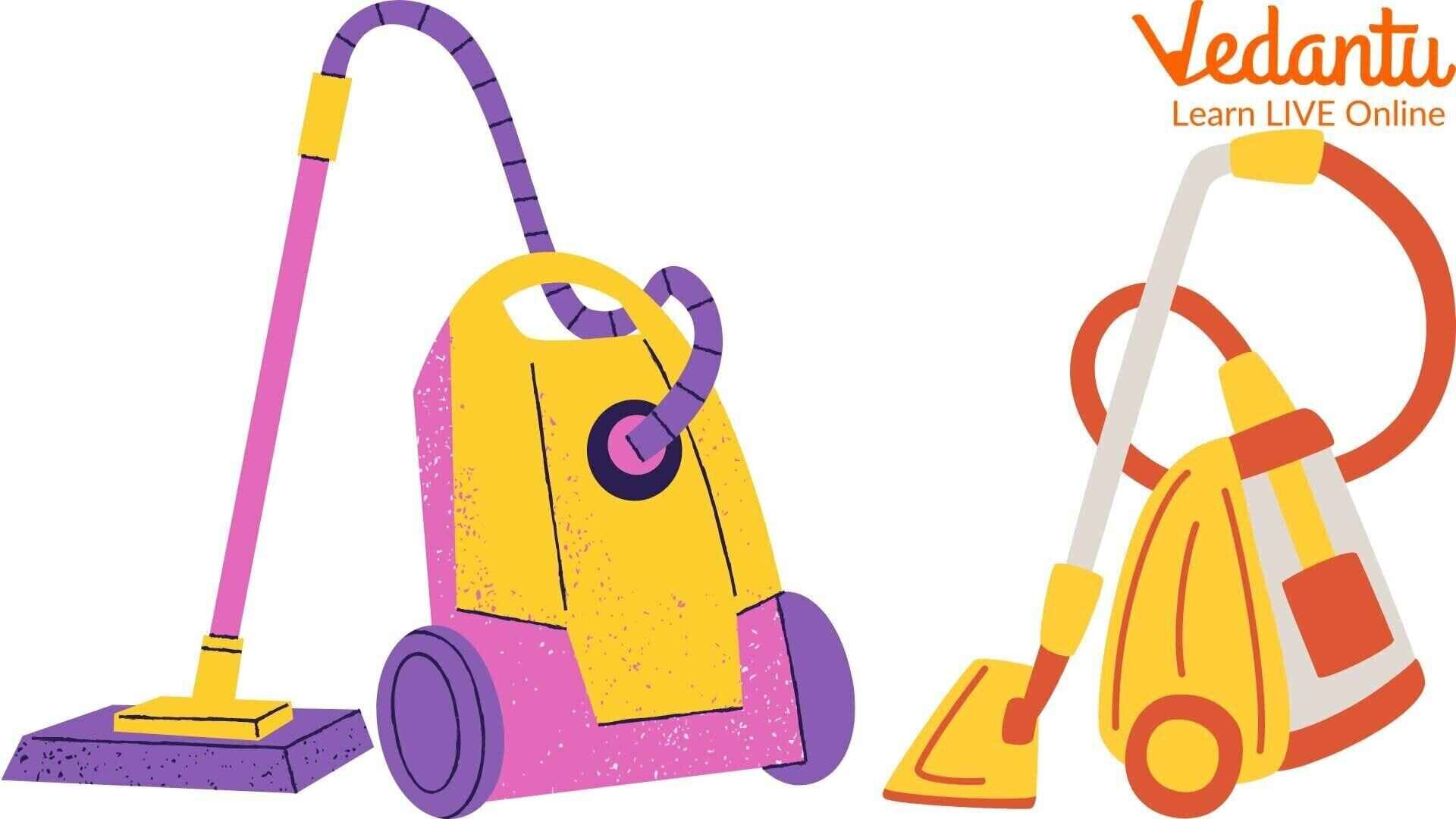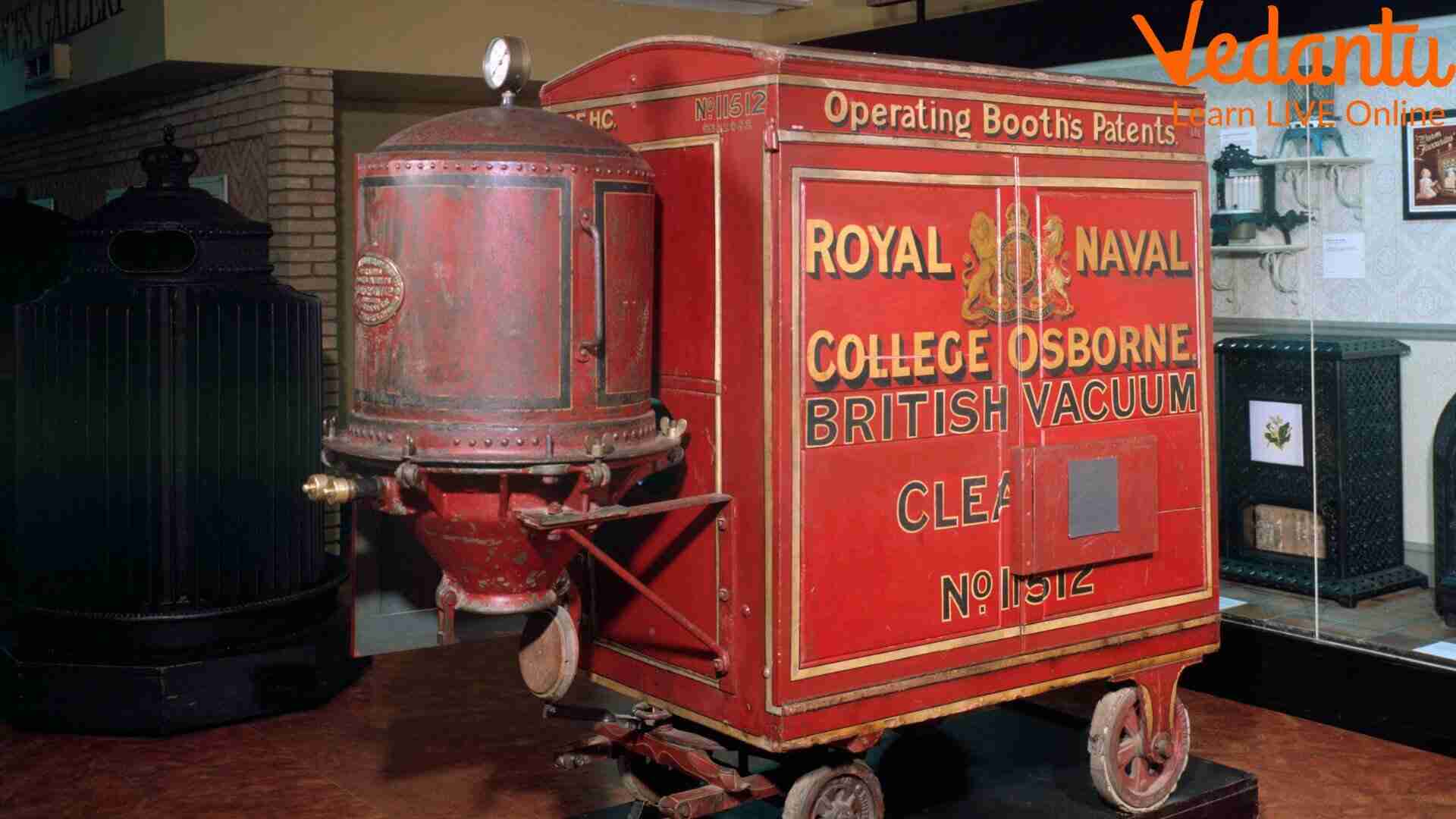Evolution of Vacuum Cleaners Have Changed The Process Of Cleaning Homes
What do you think of when you do your household work? Cleaning clothes, washing the dishes, and of course, dusting off the floor, etc. Today we use many modern tools that have made our life easier. A vacuum cleaner is one such tool that has made our life easier. However, the history of vacuum cleaners goes back years. It has never been a modern tool. Though the vacuum cleaner has now become a tool for every family, the evolution of the vacuum cleaner has been happening since the 19th century.
Vacuum machines have changed throughout the years from being gigantic machines to becoming floatable and tiny dust-cleaning tools. Of course, it took a little time to gain popularity; it became every house’s tool after the second world war. In this article, we are about to discuss the evolution of vacuum cleaners.
Vacuum Cleaner Timeline

Modern Vacuum Cleaner
Vacuum cleaners have been there for hundreds of years. Here is a timeline of a vacuum cleaner that you may not know.
Daniel Hess, a citizen of West Union, invented a carpet sweeper with a rotating brush and bellows in 1860. This is the predecessor of the electric vacuum cleaner.
In 1869, Ives W. McGaffey discovered a whirlwind with an awkward fan attached. Our modern-day vacuum machine might have gotten inspired by this.
Grand Rapids, a carpet sweeper, used to sweep the floors. This dust cleaner for home had a brush connected to its wheel.
A Dust cleaner for home got a little more advanced when Dufour invented a carpet sweeper powered by electricity.
Hubert Cecil Booth invented a room cleaner machine in 1901, powered by an internal combustion engine. The size of the machine was quite large. That is why it was placed on the horse carriage.

Vacuum Cleaner
Kirby invented a Domestic Cyclone, a high suction vacuum cleaner that used water to collect dust.
Charles Beach, Louis Hamilton and Osius invented a small motor that could run by AC and DC. Perhaps this encouraged the idea of making a smaller vacuum cleaner.
Considering the uses of vacuum cleaners, Ohio started manufacturing vacuum cleaners with disposable bags in 1920.
In 1930, the first vacuum cleaner made of plastic came to the market. With that came another evolution of vacuum cleaners.
In 1950, the first upright vacuum cleaner was produced.
Hoover invented the first self-propelled room cleaner machine.
In 1979, small cordless vacuum cleaners came to the market. They were run by battery.
In 1997 the first robotic vacuum cleaner was invented, which was first shown on BBC’s Tomorrow’s world.
So, if you try to find out who invented vacuum cleaner or when was the vacuum cleaner invented, perhaps you will hear about Huber Cecil Booth rolling his vacuum cleaner on the streets in 1901. But the history of vacuum cleaners is older than that. In 2011, Jake Tyler invented a cardboard vacuum cleaner. With time, the process of making the cleaning machine has become modernised. After overcoming all the stages, you can see the modern vacuum cleaner that has become one of the essential household tools.
Interesting Facts About Vacuum Cleaners
In older days, two people were needed to handle a vacuum cleaner. One needed to handle the vacuum and the other needed to pull the machinery.
In the old days, people had to sprinkle some tea leaves on the vacuum cleaner before applying any cleaning carpets. But the idea failed eventually.
To know how vacuum cleaner works, you need to know what works better. The vacuum cleaners that have brushes attached to them can do most of the cleaning.
The old versions of vacuum cleaners could not clean any liquid or water. Even if some vacuum cleaners could clean some liquid, they did so for a very short period. If someone usually tried to clean any liquid for a longer period, the machine exploded. But one of the most important features of a vacuum cleaner of modern days is that it can clean any liquid off the floor.
The first vacuum cleaner, invented by Daniel Hess in 1860, was powered manually. The machine uses a bellows to create a vacuum.
When John S. Thurman invented the first vacuum cleaner run by the machine, it was so big that people had to carry it in a horse-driven wagon. This machine-driven vacuum cleaner did not suck up the dust like modern vacuum cleaners. It blew the dust into the receptacle.
When Booth saw Thurman’s machine run a vacuum cleaner, he thought of another idea. By pressing the mouth to the handkerchief and sucking the air, Booth conceived the idea of sucking up the dust rather than blowing the dust off.
Booth focused on the central vacuum system of the cleaning machine, but he cared very little for its size.
With time, we all know that robotic vacuum cleaners were discovered. They work well in keeping the house cleaner. But the robotic vacuum cleaners’ standards are still incapable of replacing the cleaning with standard vacuum cleaners.
Some modern-day vacuum cleaners are equipped with sensors which let people know how much of the floor is clean.
Conclusion
Vacuum cleaners have been a part of every household for hundreds of years. It is not a modern invention that suddenly appeared one day and sucked all the dust off the floor. The process of bringing the modern version of the vacuum cleaner has undergone some major changes since 1860.
From a motor-driven huge machine to a small vacuum cleaner, the story of the evolution of the vacuum cleaner has always been quite inspiring. Now, modern-day vacuum cleaners can suck up any liquid, and some can even float.
Even some vacuum cleaners notify the user of how clean the surface is. From size to its usage, the improvement in vacuum cleaners can be seen quite prominently, and of course, the machine has been able to make people’s life easier with every little change.







